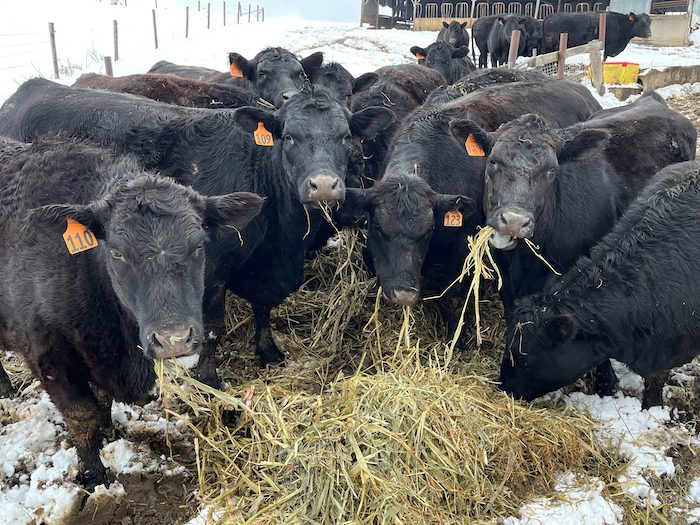
By the Numbers
Number of acres covered by conservation practices among Lafayette Ag Stewardship Alliance members:- 2018 ― 75,946
- 2019 ― 107,421
- 2020 ― 144,105
- 2021 ― 165,851
- 2022 ― 218,969
- Phosphorus runoff reduction ― 184,109 pounds
- Sediment erosion reduction ― 101,921 tons





Post a comment
Report Abusive Comment